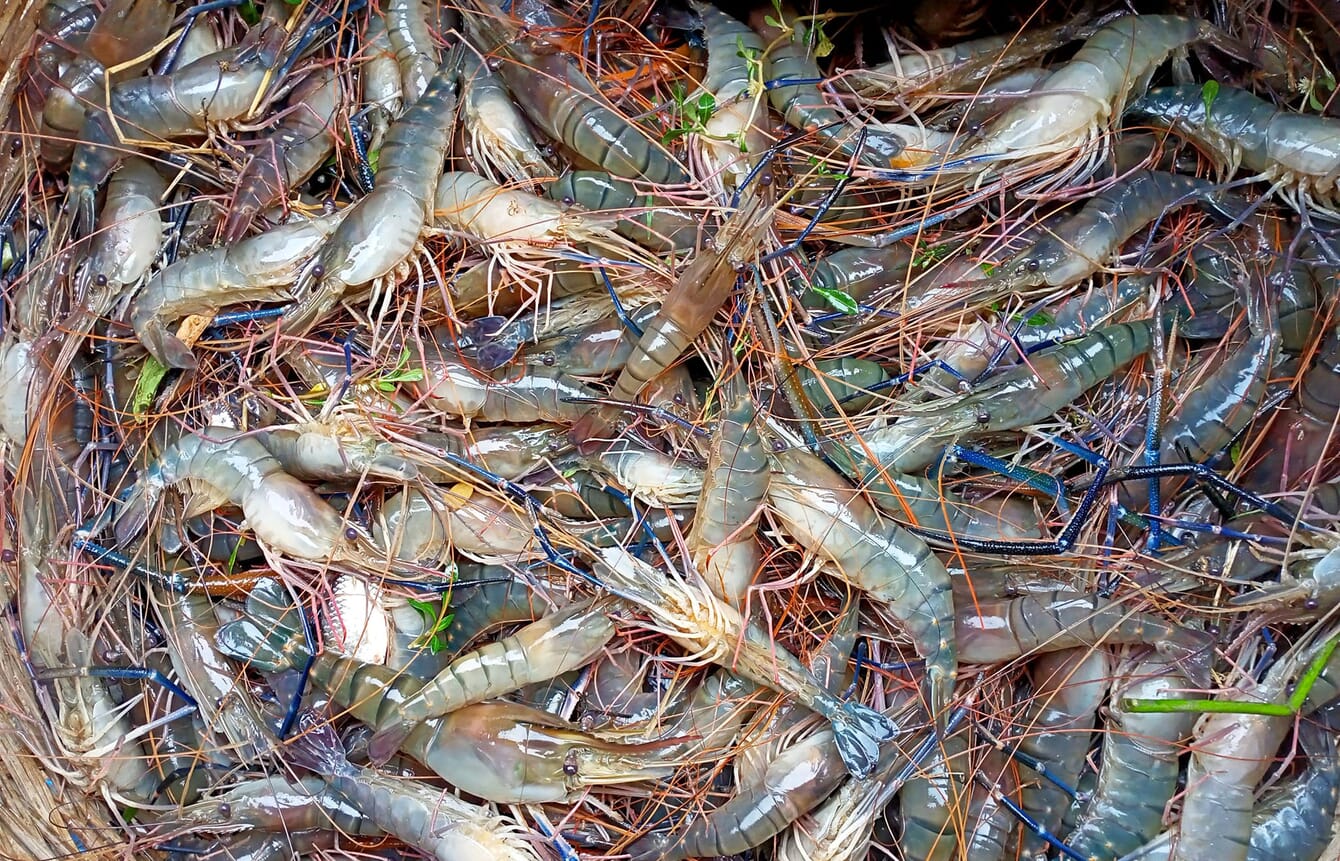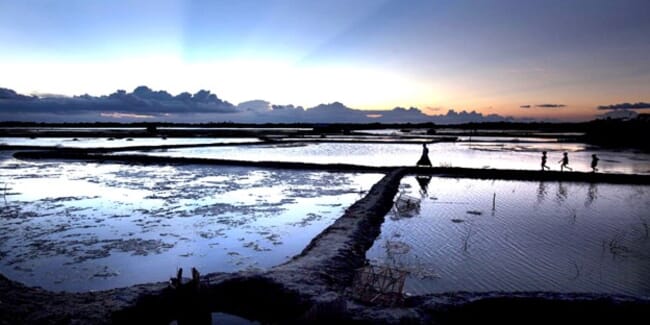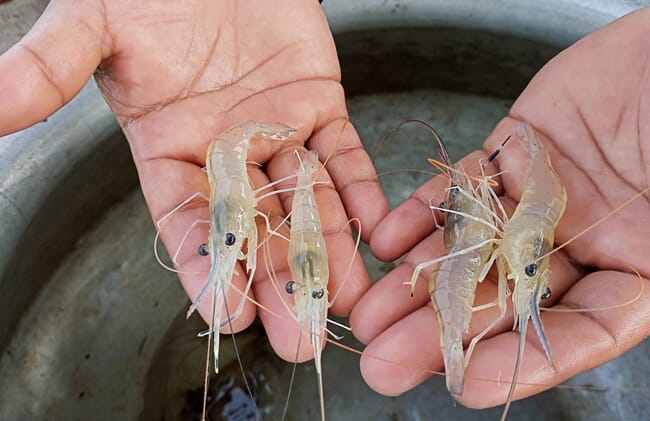
© Seafood Network Bangladesh
In recent years, Bangladesh’s shrimp sector has faced numerous challenges, including the impact of the Covid-19 pandemic. For instance, in fiscal year 2022-2023, the total value of shrimp exports was $300 million, down by $107 million compared to the previous year. Meanwhile, this year, shrimp exports are still very sluggish and there’s no immediate sign of this trend reversing.
However, amidst the uncertainty, there are signs of a positive change in Satkhira district, a southern coastal region of Bangladesh, which produces 70 percent of the country’s shrimp and is home to the largest mangrove forest of the world, the Sundarbans.
While the region is still dominated by the production of giant tiger prawns (Penaeus monodon), giant river prawns (Macrobrachium rosenbergii) - known locally as Galda - are now generating interest in the export market and offer a beacon of hope for the country’s beleaguered seafood industry.
In the current fiscal year 2023-2024, Satkhira district has witnessed a surge in giant river prawn exports, totalling $7 million, up from about $4.8 million the previous year. This follows a 1,000 tonne increase in production, compared to the previous season, in which nearly 10,000 tonnes were harvested. This positive momentum is expected to continue, with projections indicating further growth in both exports and production.
The Satkhira District Fisheries Department reveals that, despite the popularity of giant tiger prawns - known locally as Bagda - farmers are increasingly turning to Galda farming due to the high prevalence of viruses and infectious diseases - such as early mortality syndrome, and whitespot - which affect monodon farms.
Since 2020, Bangladesh’s monodon farming has experienced very low output, due to a combination of droughts, floods and viral outbreaks. The combination has led to bankruptcy for many smallholder farmers.
Giant river prawns, on the other hand, are proving more lucrative, as they are less disease-prone than monodon, and can be cultivated with other freshwater species, such as carp.

© Seafood Network Bangladesh
In the current season, giant river prawn cultivation is taking place across 20,000 hectares, over seven upazilas in the district, marking a substantial increase of 2,000 hectares from the previous season.
Golam Mostafa, a seasoned giant river prawn farmer from Raichpur village in Satkhira Sadar Upazila, shares his success story, stating that the current season’s 4-hectare Galda farming yielded a profit of $7,300, exceeding the previous season’s earnings of $5,500. Encouraged by the high growth and favorable prices, Mostafa plans to expand his giant river prawn cultivation in the future.
The UK stands as the primary importer of Bangladesh's giant river prawns, accounting for over 92 percent of the total exports. However, there is also strong demand in the domestic market, which can be more financially rewarding than exporting. Local market prices fluctuate based on size, ranging from $6.5 to $18 per kg. In urban areas, however, larger sizes can command prices exceeding $22-25, especially in the lead up to festivals.
Compared to monodon, giant river prawns typically fetch between $1.5 to $5 more per kilo. A notable advantage for the local market is the reliance on upfront cash transactions, unlike the export-oriented factories where credit, ranging from 40 percent to 80 percent, is common, with exporters paying up to four months later.
Despite having a population of 170 million, Bangladesh’s shrimp consumption averages only 0.4 kg, in part due to the country’s general aversion to frozen foods. However, a potential shift towards considering frozen shrimp as a regular commodity for daily cooking, coupled with affordable pricing, could take the shrimp farming industry to a whole new level.

© Seafood Network Bangladesh
While giant river prawn production has seen some success, farmers express a number of concerns, particularly regarding the availability of post-larvae (PLs). Restrictions on obtaining PLs from rivers or the Sundarbans, coupled with the influx of disease-prone nauplii through illegal imports from India, have created a shortfall in freshwater prawn production relative to the demand.
An improvement in the supply of PLs could pave the way for more widespread cultivation of giant river prawns, beyond the Satkhira district. As a result, farmers are urging the government to develop hatcheries to improve the availability of disease-free freshwater prawn PLs at affordable prices across the nation.
*A different version of this article was originally published by Seafood Network Bangladesh, Bangladesh’s first dedicated web portal to promote and support the growth of country's seafood and aquaculture sector globally.




